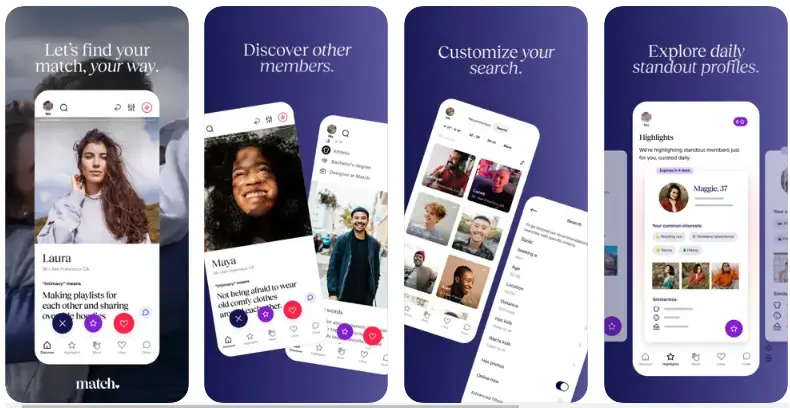In-app advertising is a key revenue stream for many mobile applications. However, poorly implemented ads can alienate users, degrade the user experience (UX), and lead to app abandonment. Balancing monetization and user satisfaction is crucial for app success. Here’s how to integrate in-app advertising effectively without compromising the user experience.
1. Understand Your Audience
The foundation of successful in-app advertising lies in knowing your audience. Collect and analyze user data to understand their preferences, behaviors, and demographics. This insight allows you to serve relevant ads that resonate with your users, reducing frustration and improving engagement.
2. Choose the Right Ad Formats
Not all ad formats are created equal. Selecting the appropriate type of ad for your app is critical to maintaining a seamless experience. Common ad formats include:
- Native Ads: These blend seamlessly with app content and are less intrusive.
- Rewarded Ads: Users voluntarily watch ads in exchange for in-app rewards, such as extra lives or virtual currency.
- Interstitial Ads: Full-screen ads that appear at natural transition points, like between game levels.
- Banner Ads: Persistent ads displayed at the top or bottom of the screen, suitable for non-intrusive advertising.
Each format has its place, so consider your app’s context and user journey when making a choice.
3. Prioritize Ad Relevance
Irrelevant ads disrupt the user experience and are more likely to be ignored or result in negative feedback. Utilize ad networks that support advanced targeting capabilities to deliver personalized ads based on user preferences and behaviors.
4. Maintain Frequency Balance
Excessive ad frequency can lead to user fatigue and frustration. Limit the number of ads displayed per session and avoid interrupting critical app activities. A well-timed, sparingly placed ad is far more effective than bombarding users with ads at every turn.
5. Optimize Ad Placement
Placement matters. Ads should be strategically positioned to avoid interfering with app functionality or user interactions. For instance:
- Place banner ads in non-interactive zones.
- Display interstitial ads during natural breaks or transitions.
- Integrate native ads seamlessly into content feeds.
Thoughtful placement ensures ads complement rather than disrupt the user experience.
6. Test and Iterate
A/B testing is a powerful tool for optimizing in-app advertising. Test different ad formats, placements, and frequencies to determine what works best for your audience. Gather user feedback and analyze metrics like click-through rates (CTR) and retention rates to refine your ad strategy.
7. Ensure Fast Loading Times
Slow-loading ads can frustrate users and lead to app uninstalls. Work with ad networks that prioritize performance and optimize your app’s code to ensure ads load quickly and don’t negatively impact app performance.
8. Offer an Ad-Free Option
For users who prefer an uninterrupted experience, consider offering a premium, ad-free version of your app. This not only caters to user preferences but also provides an alternative revenue stream.
9. Comply with Privacy Regulations
Adhering to privacy laws such as GDPR and CCPA is non-negotiable. Clearly communicate how user data is collected and used for advertising purposes. Provide users with opt-out options to build trust and maintain transparency.
Conclusion
Integrating in-app advertising without compromising mobile app UX is a delicate balance, but it’s achievable with thoughtful planning and execution. By understanding your audience, selecting appropriate ad formats, maintaining relevance, and prioritizing user satisfaction, you can create a sustainable monetization strategy that benefits both your users and your business.
Remember, a positive user experience is the cornerstone of any successful app. Treat your users with respect, and they’ll reward you with engagement and loyalty—even in the presence of ads.




